Harry and Meghan: Are the royal men trapped — and is it time to rescue them?
In the interview with Oprah, Prince Harry told a reverse fairytale of being saved by a princess — unlike his father and brother.
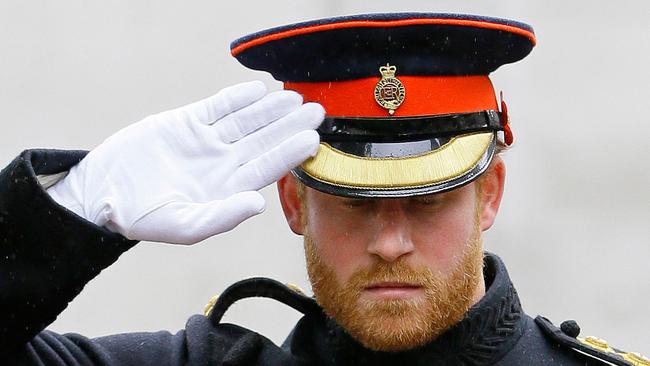
In the film The Truman Show the lead character is a young man living his life within a cage he cannot see. Truman has had cameras trained on him since birth, his every move analysed by a global audience, his ambitions and dreams carefully prescribed and manipulated. His entertainment value is too great for him to be given his freedom. That changes when a young female interloper to the system manages to shake Truman awake, desperate to rescue him. In a dramatic encounter the woman tells Truman urgently, “Everyone knows everything you do . . . get out of here!”
Prince Harry’s testimony on Monday to Oprah Winfrey, queen of the American talk show, was rich in images of imprisonment and entrapment. This was an exit interview from a controlling and powerful force not given a human name or face, but variously referred to as “the Firm”, “the Institution”, or “the System”.
Asked if he would have left were it not for meeting his wife, Harry replied no. “I wouldn’t have been able to because I myself was trapped as well. I didn’t see a way out.” Just like Truman, Harry added: “You know, I was trapped, but I didn’t know I was trapped.”
In this reverse fairytale, the prince, atrophied by being too long in shackles, is liberated by the bolder female, who breaks him free from the degrading conditions of royal life to escape to the sunlit gardens of Santa Barbara. At their $US14.5 million mansion Harry and his wife have installed a sanctuary for chickens rescued from battery farms; Harry as rescue chick is a symbolic message practically crowing from the rooftops. This has long been a compelling “gilded cage” strand of republicanism, motivated, not by justice or jealousy, but pity. Is it time that we listen to a revolutionary argument based on moral decency, not directed at the plebs, but the princes born in captivity?
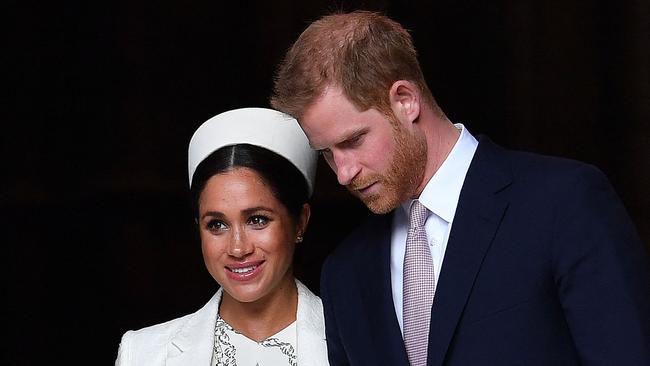
In this “compassionate” version of republicanism the end comes not when the royal necks are cut but when their collars are unbuckled. The Windsors are zoo animals. The walls of their palaces are just as much to keep them in as us out. The zoo contract is clear: a pampered life, but in exchange they are imprisoned for the purpose of public gawking. Sure, they are very spoilt pooches caged in spacious palaces, but still kept under armed guard, gussied up in ridiculous epaulettes and made to perform their “cutting ribbons at leisure centre” tricks.
Eight years ago Hilary Mantel, the novelist with the most nuanced understanding of the British monarchy, delivered a speech on this theme that caused national outrage. However, as close reading shows, Mantel was merely being sympathetic in comparing the modern royals to pandas: “Expensive to conserve and ill-adapted to any modern environment . . . and however airy the enclosure they inhabit, it’s still a cage.” Everyone stares at them, Mantel argues, and “cheerful curiosity can easily become cruelty. It can easily become fatal.”
Harry has been hinting at this for years. In 2017 he said: “Is there any one of the royal family who wants to be king or queen? I don’t think so.” However, it was startling to have the panda finally sit on a sofa in a grey suit and chat about it.
This argument is all about status-reversal; it is us subjects who are wrong to hold our feudal monarchs hostage. No bigger or better status reversal than for Harry, now perceiving and sadly staring, from the other side, through the transparent walls of the royal enclosure. Here he witnesses his poor brother and father, two future kings, doomed to butt their balding heads on the glass like stressed-out animals developing zoochosis.
“Trapped within the system, like the rest of my family are,” Harry said to Winfrey. “My father and my brother – they are trapped. They don’t get to leave. And I have huge compassion for that.”
The Queen famously doesn’t carry money: grand or infantalising? Meghan said she came to fear the “protection” of the institution that seemed to her to work on its own ruthless logic, independent of the kindly Queen. As she painted it, this institution was inhumane, serving only the perpetuation of itself. To extend the metaphor of this royal establishment depicted by Meghan, we can imagine it working to neutralise the threat of the “wild-caught” interlopers, such as Princess Diana, who whispered dangerous bedtime tales of civilian freedom to their babies, those captive-born children growing up longing for it and probably never tasting it for themselves.
According to Meghan, the basic decisions of adult life – whom to meet, whom to talk to – were confiscated. When something like this happens to the singer Britney Spears it starts a “Free Britney” movement. For the royals it is a privilege.
“When I joined that family,” Meghan told Winfrey. “That was the last time – until we came here – that I saw my passport, my driver’s licence, my keys. All that gets turned over.”
When we examine the strength of this case we have to take into account the changes of the previous generation. Meghan frequently refers to the royal family as “the Firm”, which for Americans probably evokes the Tom Cruise movie version of the mafia-based John Grisham thriller: slick, sinister and almost omnipotent. In fact, “the Firm” is a typically Sloaney nickname referring to the British monarchy as they are, a rickety family business in which there is immense pressure to inherit. Like parental control on whom a young person marries, that parental pressure to carry on a family firm of any kind has receded with the 20th century.
One disciple of the “gilded cage” manifesto is Peter Morgan, creator of The Crown, the melodramatic Netflix series beloved even more in America than in Britain. In it Morgan follows the arc of the original rebellious younger sibling to the future monarch, Princess Margaret. She is cast as the unexpected cipher for morality in a system that makes monsters of her family.
As a child Margaret is shown in the drama being given a life-defining dressing-down by the courtier Lascelles. She is told to put away “any childish notions about rewriting the rule books that might better suit your character”.
Decades on, Morgan invents a showdown between Margaret, horrified at the discovery of her secret and abandoned cousins with severe learning difficulties, and the Queen Mother. “It’s complicated,” begins the Queen Mother.
“No it’s not, it’s wicked,” the Margaret character rejoins. “It’s cold-hearted and it’s cruel. And it’s entirely in keeping with the ruthlessness I myself have experienced in this family. If you’re not first in line, if you’re an individual character with needs and, God forbid, an irregular temperament, if you don’t fit the perfect mould of silent, dutiful supplication, then you’ll be spat out.”
Last week Harry, appearing in interviews with James Cordon, endorsed The Crown as “loosely based on the truth”. It gave, he said, a “rough idea” of the pressures of “putting duty and service above family and everything else”.
Diana, through her collaboration with Andrew Morton for his book, frequently invoked the idea of the palace as “prison”. So too did Prince Charles. In 1991 he spent a week on a Hebridean island with his friend the broadcaster Selena Scott. Later Scott described a confessional beach walk.
“Prince Charles gave me an unflinching look, but there was a sadness in his face. ‘You’re lucky, Selina,’ he said. ‘You don’t have your life mapped out for you for as far as you can see, for every minute, for every hour, for every day, for every year . . . Let me tell you, there are many times when I feel totally trapped.’ ”
But, and here is the big but, Charles must be the last royal to marry out of duty. Even at the time it was cowardly rather than brave. The royals may not be celebrities in the sense that they did not choose to be born into their fate, and their bloodline is as closely guarded as any near-extinct breeding program. Yet they are free to leave. If you agree with the “gilded cage” argument, it is surprising how few royals run off. Harry might see them as cowering, institutionalised, at the back of a cage whose doors have been flung open for him by Meghan in the role of an animal rights activist. Perhaps, like crofted sheep, the royals have inbred loyal docility. Perhaps they really like all those palaces after all. However, Princess Anne’s daughter, Zara Tindall, is an exemplar of a fuss-free departure to her wholesomely horsey career, with no need to stick out her – defiantly pierced – tongue.
Harry could have had, perhaps did have, any number of posh blonde British gals. They would have known exactly the kind of role that a royal marriage would contract them to. The former girlfriends of Harry are not starry-eyed in retrospect; they quite often express deep ambivalence.
But Harry chose instead a woman from a far-off land and set the engine of his escape vehicle running. She handed him, at last, his very own passport out. Their fortunes aside, it is really a common story. Harry is now free to feel as trapped by his life as the rest of us.
The Times

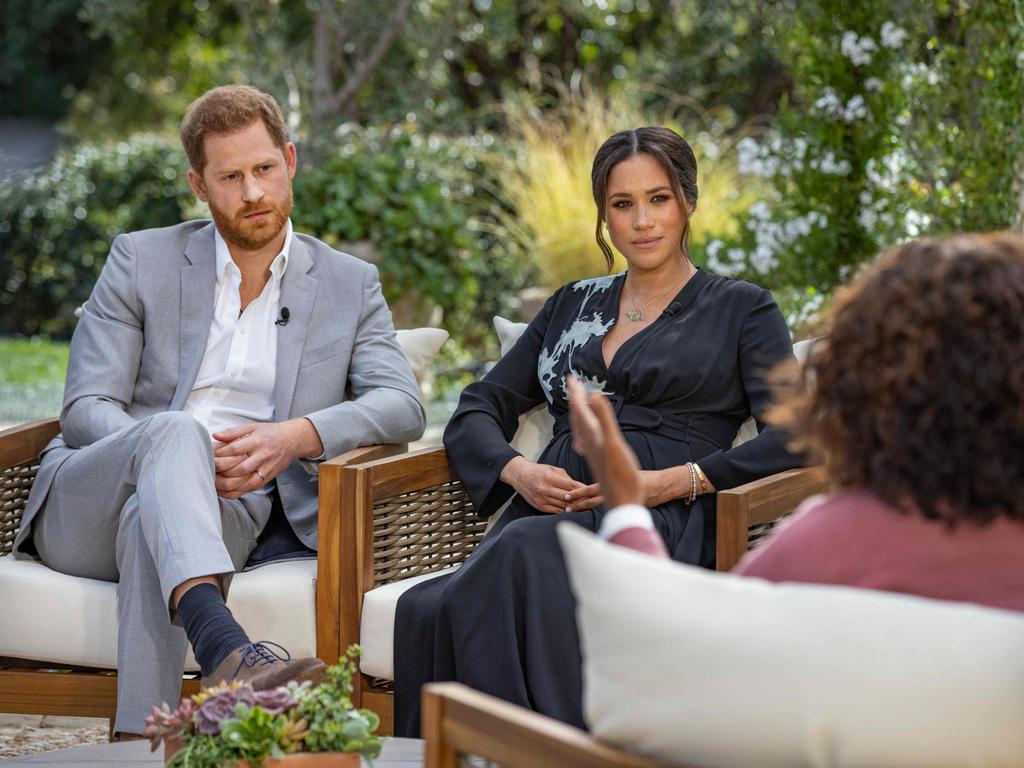
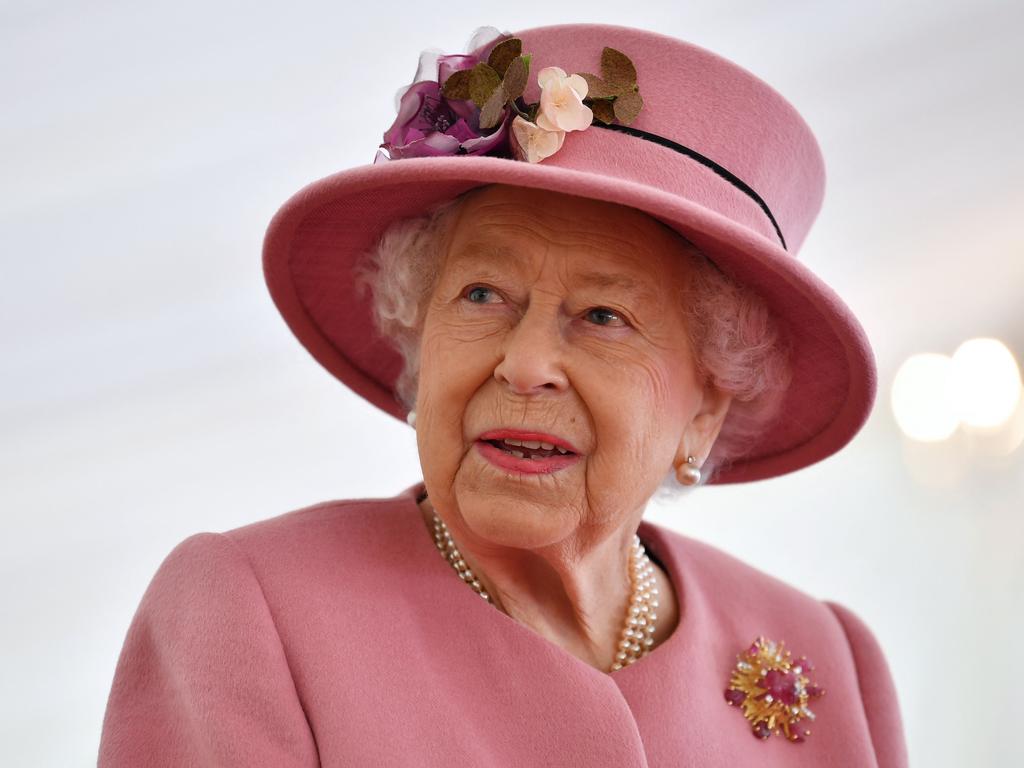

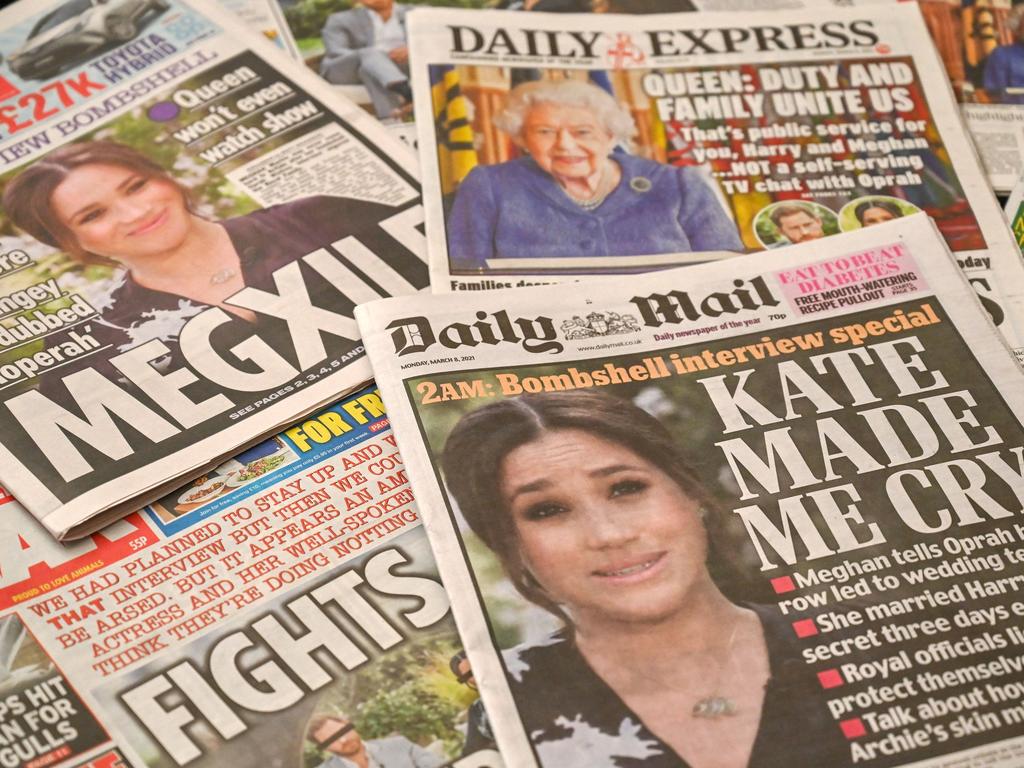


To join the conversation, please log in. Don't have an account? Register
Join the conversation, you are commenting as Logout